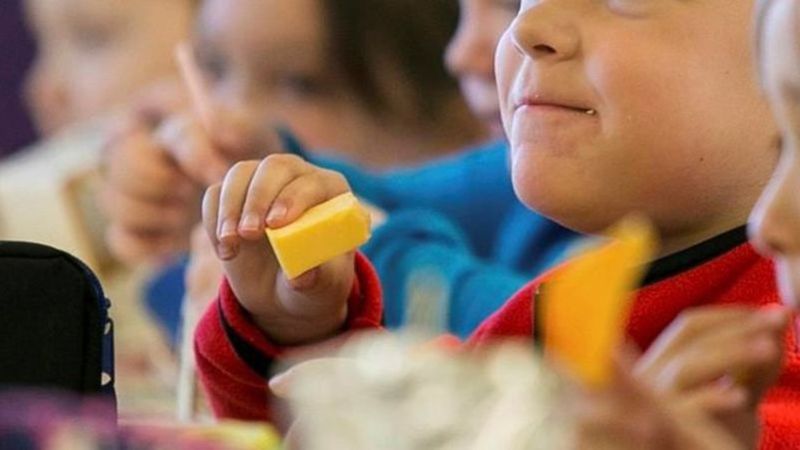
Child poverty rate in Saskatchewan third highest in country, says new report
Saskatchewan’s child poverty rate is well above the Canadian average, and greater than all other provinces and territories except Manitoba and Nunavut, according to research done by the University of Regina’s Faculty of Social Work.
The 2021 Saskatchewan Child and Poverty Report Card is based on data from 2019, and notes the overall provincial child poverty rate is 26.1 per cent. This is essentially on par with last year’s report, which looked at numbers from 2017.
“We are concerned about the effects of the COVID-19 pandemic on the current and future poverty level and the inadequate amount of money being made available to families and children is making the situation worse,” noted the report’s author Dr. Miguel Sanchez.
Amongst the province’s ten largest cities, Estevan, Weyburn, Swift Current and Lloydminster fluctuated between 10.1 per cent and 13.2 per cent. In contrast, North Battleford and Prince Albert had the highest overall poverty rates of 19.9 to 24.9 per cent, as well as the highest child poverty rates of 28.1 and 35.8 per cent.



